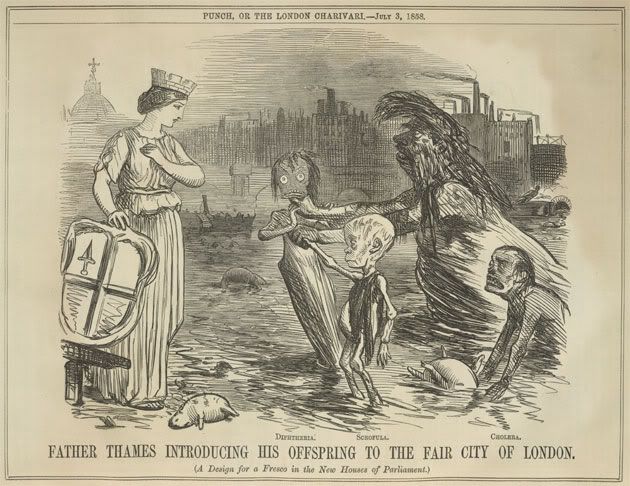
Last weekend, after shifting two households worth of junk into a new flat in Stoke Newington, I schlepped over to Liverpool Street Station to join 50 others on a coach trip to Crossness Pumping Station. Ostensibly, I was there to experience Dirt Banquet - a filthy eating fest co-produced by Bompas and Parr and Guerilla Science as part of the Wellcome's series of events to coincide with their exhibition on dirt - but really I just wanted an excuse to nose around this place I'd heard so much about.
Crossness, and its creator engineer Joseph Bazalgette, is linked to many of the themes explored in the Wellcome's dirt exhibition: the cholera epidemic, John Snow's discovery that cholera was transmitted by contaminated drinking water, the Great Stink of 1858 - all interesting stuff. But it's truly extraordinary that the result of an unusually hot and stinky summer saw a House of Commons select committee advise on the problem (the House of Commons got involved because the Thames was overflowing with sewage and members found working conditions unbearable) while the chief engineer of London's Metropolitan Board of Works proposed a new sewage system, which led to the creation of this remarkable building.
As part of the new sewage project, Bazalgette constructed 1,800km of underground brick main sewers and 1,800km of street sewers. Sewage was still dumped into the Thames, but father downstream at Deptford, Crossness and on the Erith marshes.
One of the most interesting things I've learned about Bazalgette is that he planned in a long-term lifespan for his sewers. When he planned the network of underground sewers, he took the densest population of the city as his sample, allocated the most generous allowance of waste production per person according to this density and calcuated the diameter of the pipe needed. He then doubled the diameter calculation to allow for future growth and a margin of error. Bazalgette wasn't to know that we'd then go on to build tower blocks, but his foresight saved London from a serious sewage overflow in the 1960s.
As for Crossness, Pevsner called it, "A masterpiece of engineering – a Victorian cathedral of ironwork", and there is something of a romenesque church about the building's exterior. But the exterior holds no clues as to the remarkable, ornate ironwork and the gigantic pumping engines hiding inside.
The station contains its original four pumping engines - hilariously named Prince Consort, Victoria, Albert Edward, and Alexandra. Each of the four engines shifted an incredible six tones of sewage per stroke back in the good old working days. These four are thought to be the largest rotative beam engines remaining in the world. Prince Consort was fully restored and repaired to working order in 2003 and now runs on Trust Open Days - it was running on steam when we visited for the dinner. Restoration work has begun on Victoria, and the other two engines will be left in their current state.
Crossness is now under the stewardship of a dedicated team of volunteers and has received funding from a number of sources to allow it to continue restoration works and to reopen to the public following the completion of a museum focusing on the Great Stink and the history of Crossness.
It really is a superb, fascinating place. A marvel of Victorian engineering, architecture and design. The next open day is Sunday May 1 and I'd urge you to see this wonderful piece of London's history for yourself.
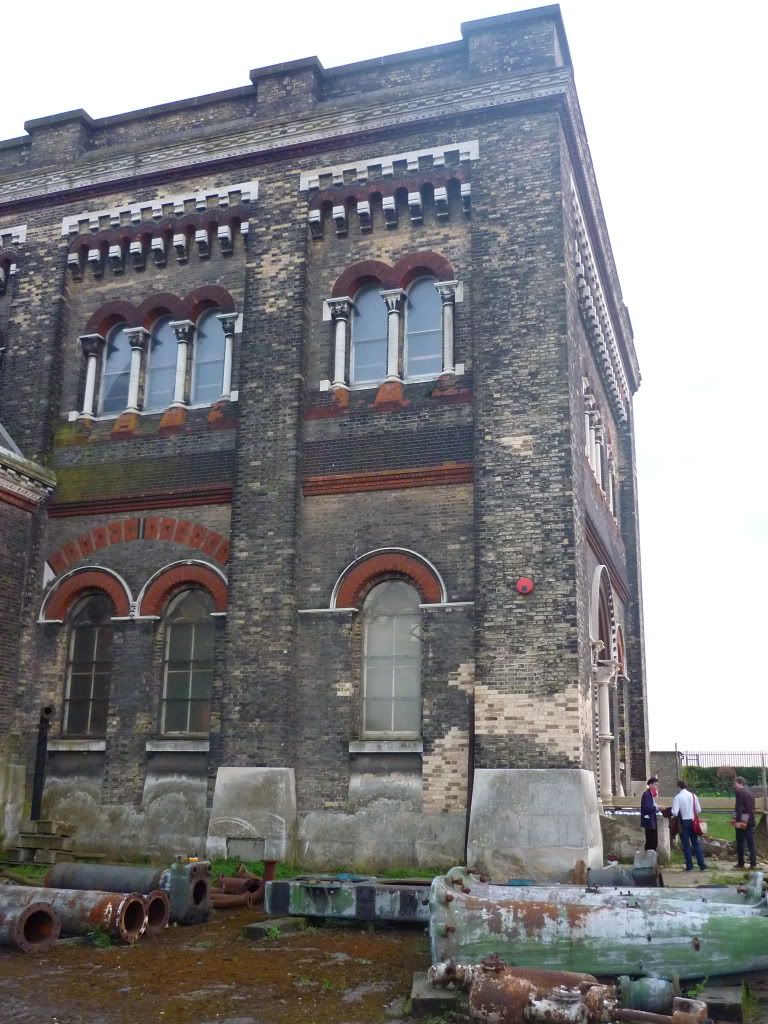
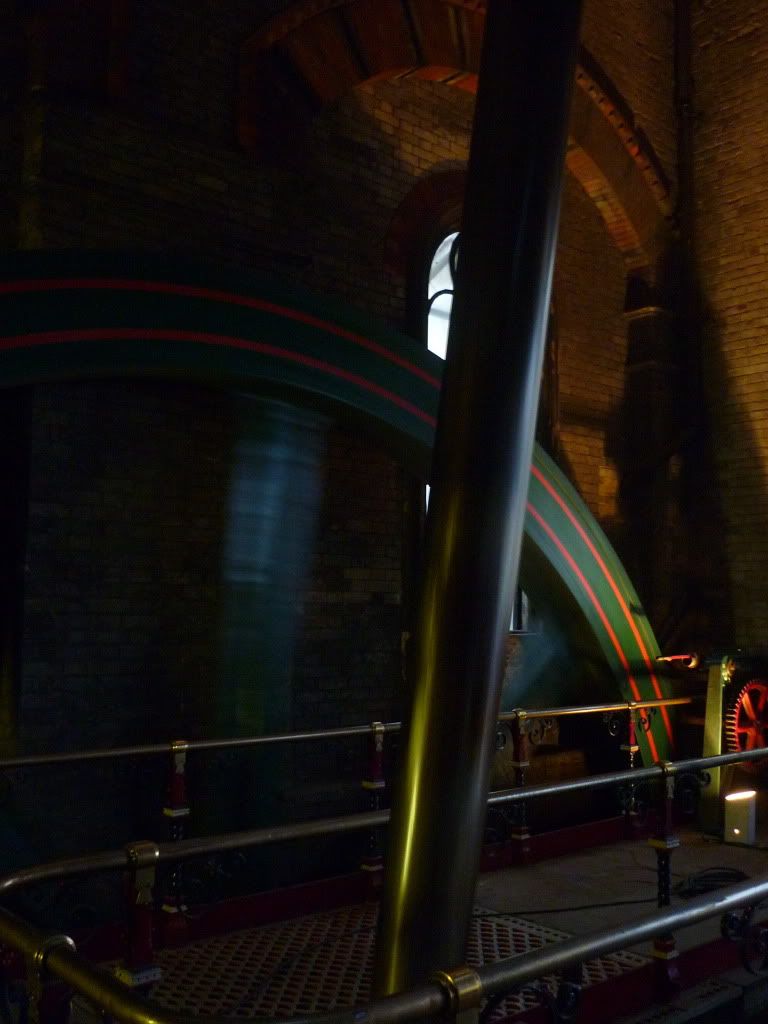
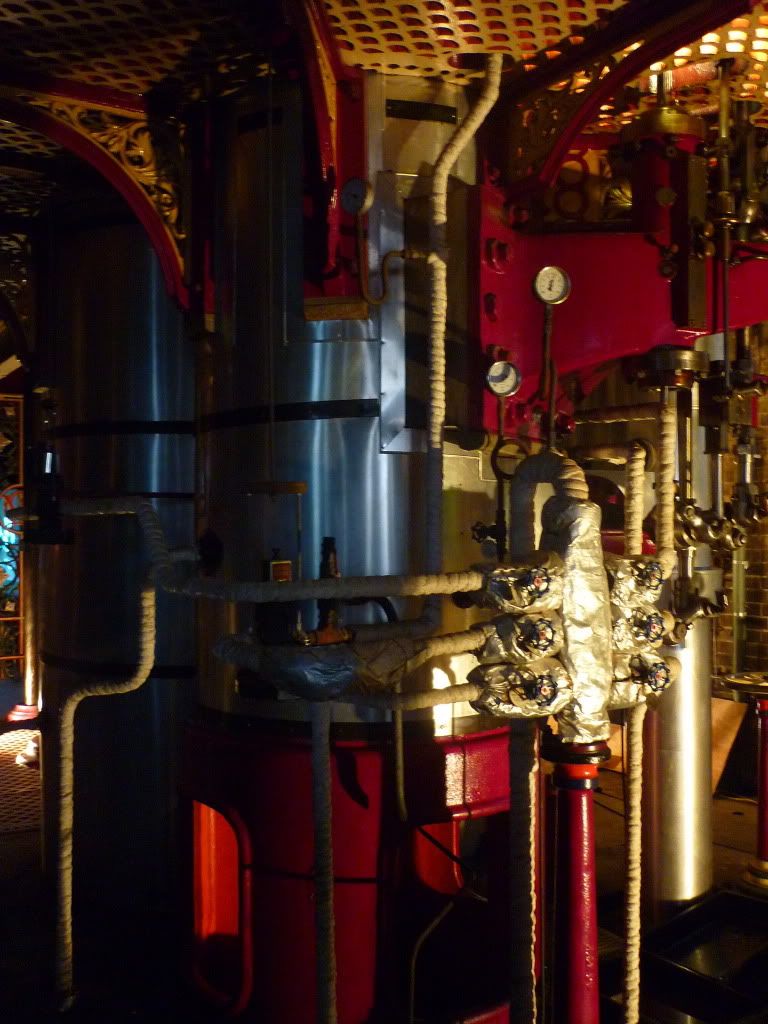
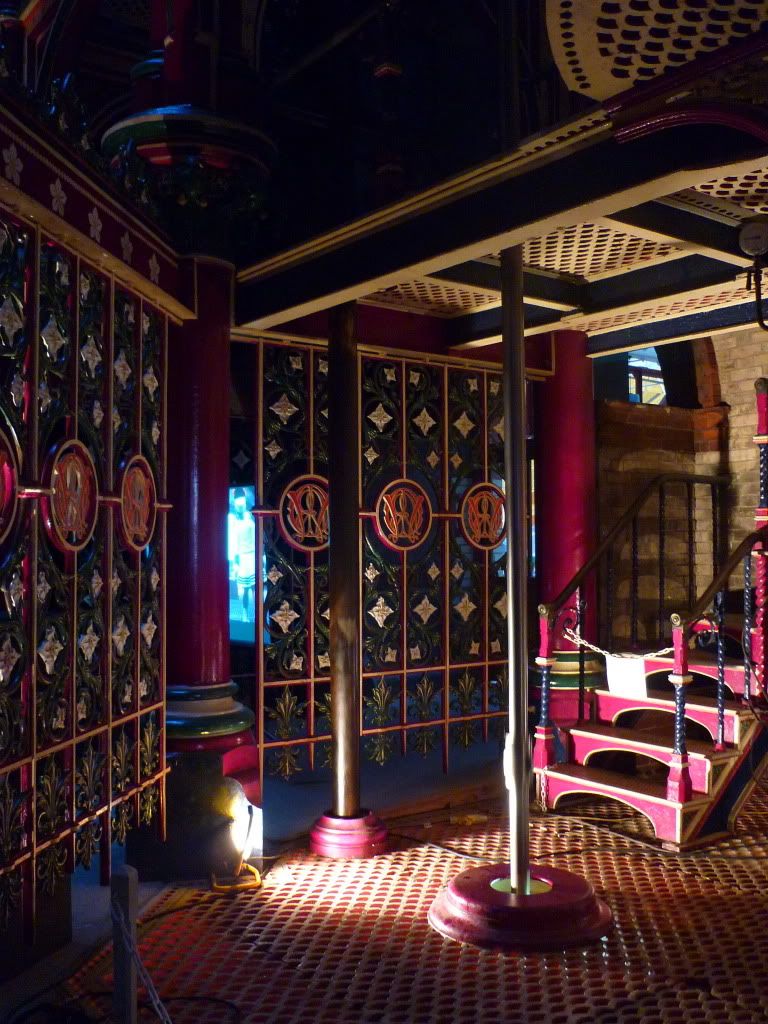
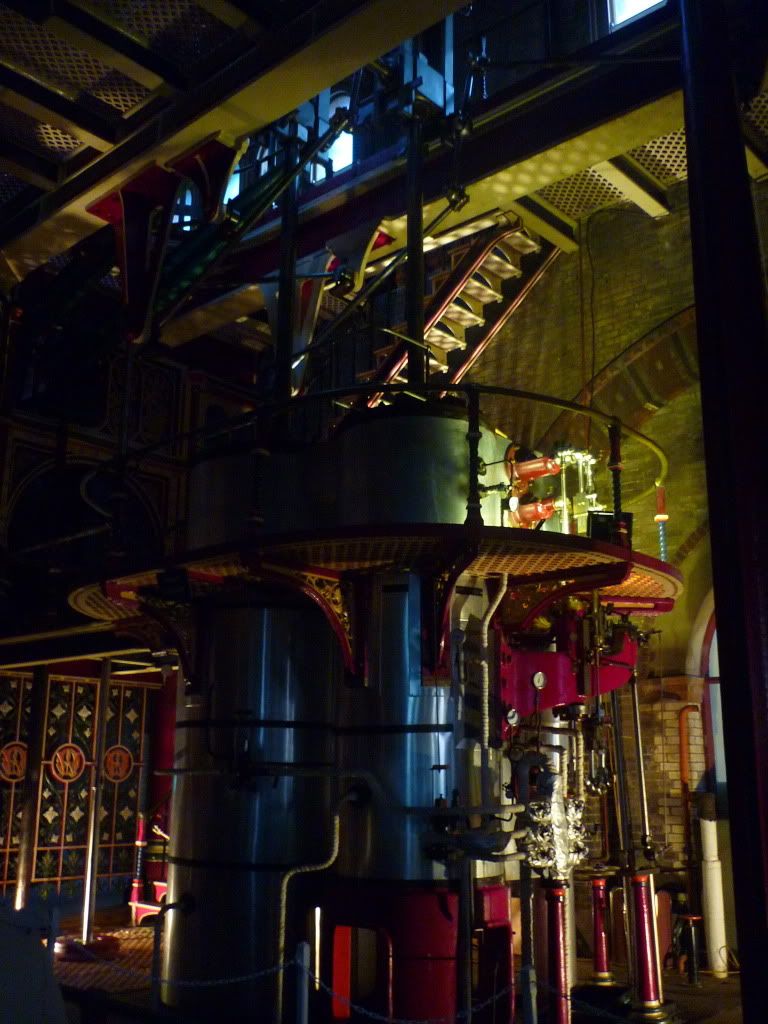
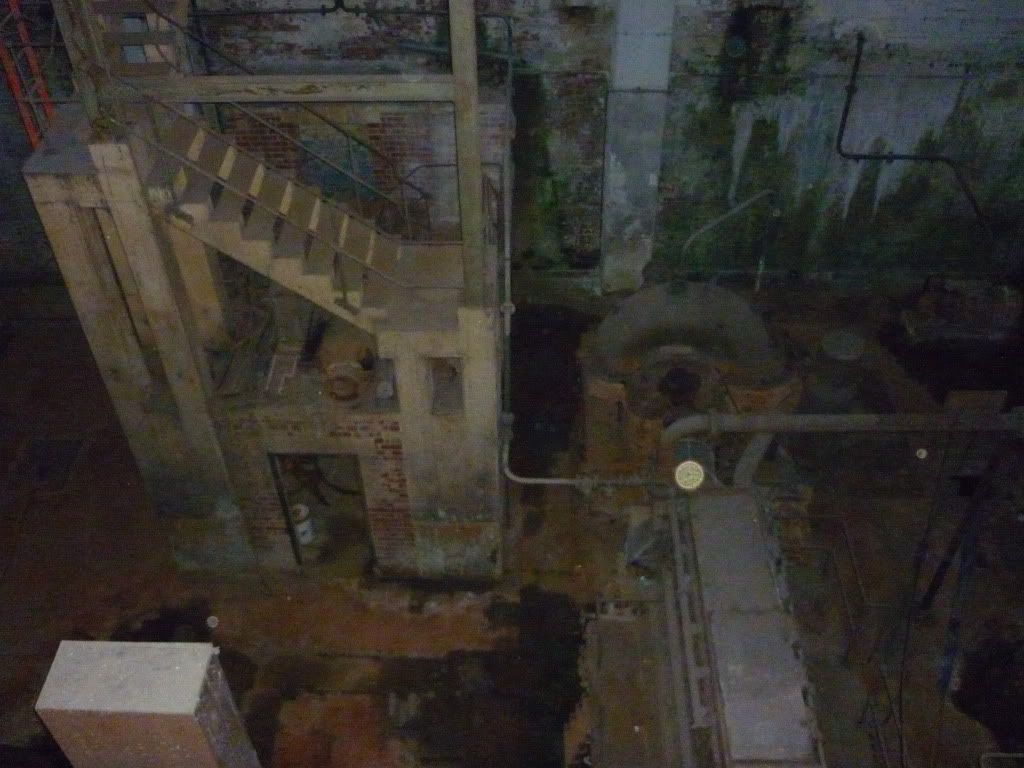
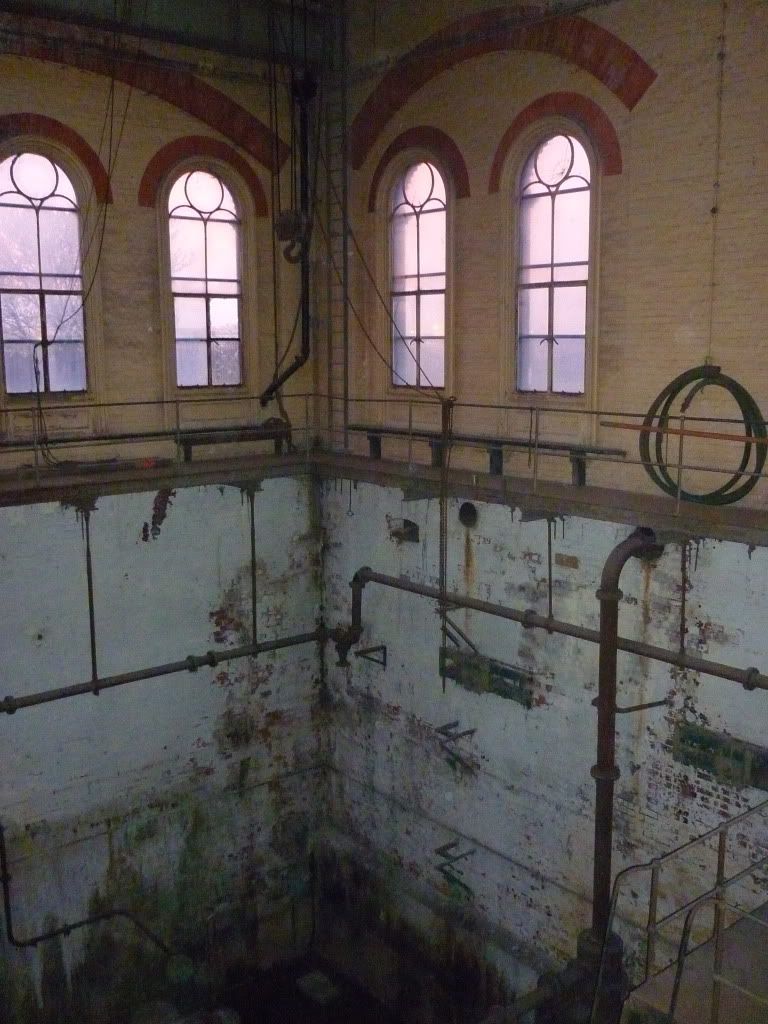

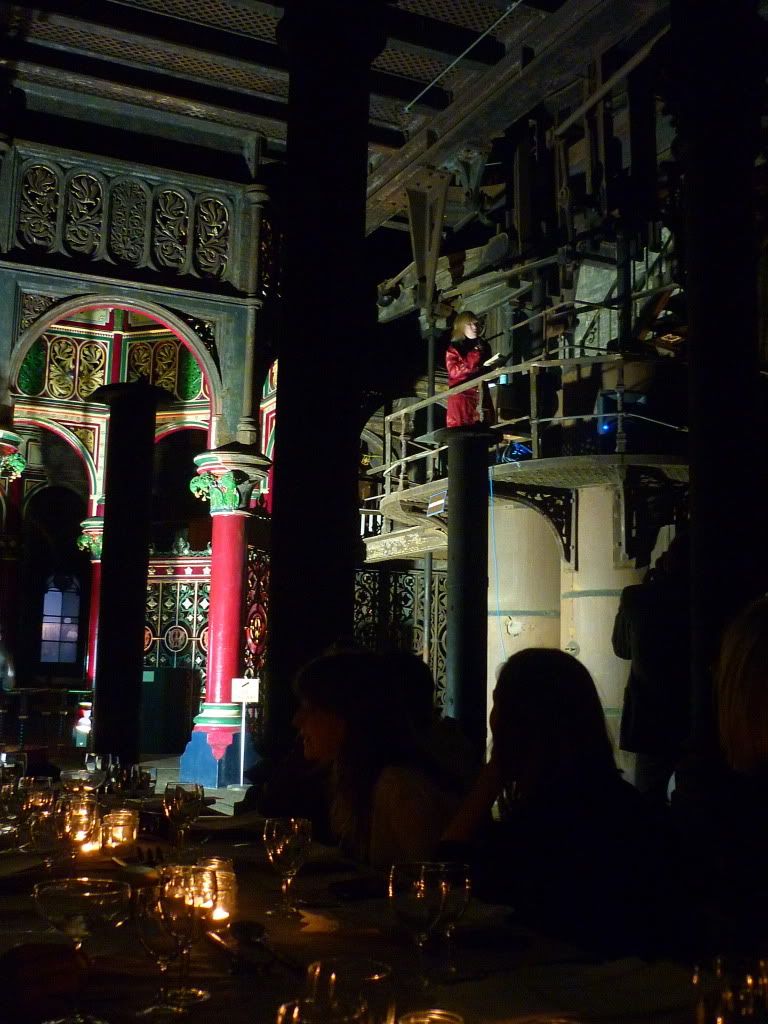
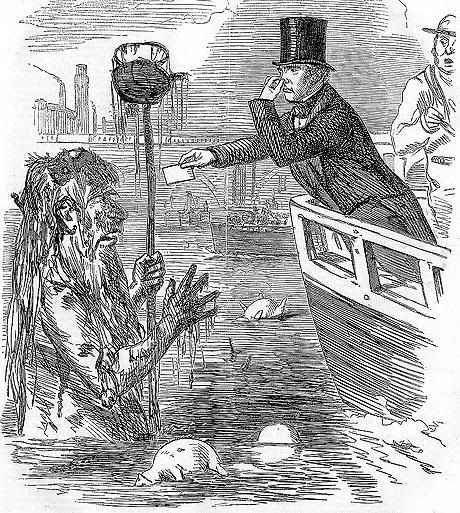
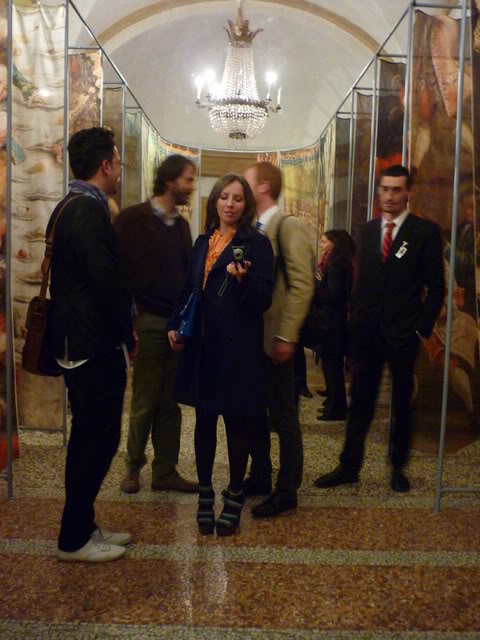



3 comments:
It's incredible to see how are this kind of buildings. To enter to a place like this is like been in other times.
I think that it is quite interesting main topic in the presentation and there are many interesting picture. The first one it is quite good.
Hi. I was just browsing for relevant blog posts for my project research and I happened to stumble upon yours. Thank you so much for sharing it with all.
Post a Comment